What Is the Difference of Installing the E-bike Battery in Different Locations?

The battery of an electric bicycle is one of the most important components, responsible for providing power and storing energy. Its quality and service life are directly related to the performance and user experience of e-bikes. Proper use and maintenance of electric bicycle batteries can not only extend the battery life but also improve the riding safety and comfort.
Depending on the classification of electric bicycles, the installation position of the battery may also vary. So, what is the difference between the internal and external installation of the battery on an electric bicycle? How does the difference between the built-in and external battery affect the performance of the electric bicycle? If you are still puzzled by these questions, the following content can help you solve them.
What is an integrated battery and a mounted battery?
Battery assist on electric bike is an important factor in making an e-bike attractive. In battery assist mode, it can provide enough power to help you climb hills, extend your riding range or jump over obstacles.
Most of the electric bike batteries on the market will be available to consumers in both external and internal forms. The following describes the most common battery mounting locations on the two types of e-bikes, with the most significant differences between them being internal and external mounting.
Integrated battery
Integrated battery refers to a battery assembly method in which the battery is integrated directly into the frame of the electric bike. Unlike the traditional mounted battery, the integrated battery integrates the battery into the frame, making the e-bike more aesthetically pleasing and stable. The integrated battery is usually composed of multiple battery cells, which are monitored and managed by an intelligent control system, and can be easily removed or replaced when needed. In addition, integrated batteries have high sealing performance and anti-theft performance, improving the safety of the battery. However, the integrated battery may be more complex to maintain and repair than the mounted battery, and there are also certain cost and weight problems.
Mounted Battery
Mounted battery refers to a battery assembly method in which the battery is mounted on the frame of the e-bike. Mounted batteries usually consist of multiple battery units that can be easily replaced and charged by removing or unlocking them. Mounted batteries are more common than integrated batteries because they are more flexible and versatile, and can be adapted to different types of frames and e-bikes. They are also relatively lightweight and easy to maintain and replace damaged parts. However, there are safety and aesthetic problems with mounted batteries, and attention needs to be paid to theft prevention and waterproofing in the process of use.
To show the difference in electric bike battery amounting locations for those who love e-bikes, the following table uses the built-in battery of the Heybike Cityrun and the external battery of the HiPeak Elias as two examples of the difference.
|
Brand |
Heybike Cityrun |
HiPeak Elias |
|
Battery location |
Integrated battery |
Mounted battery |
|
Advantage |
Free from external impacts, more beautiful and anti-theft |
Removable and easy to charge |
|
Disadvantage |
More time-consuming, complex and higher cost |
No enough beautiful appearance, high risk of theft and vulnerable to external damage |
The Heybike Cityrun has a built-in battery, making the overall lines of the e-bike more smooth and beautiful. The battery configuration is integrated into the frame of the e-bike, making it less likely to be stolen when parked. The bike is also more balanced, making it easier to drive in bad weather.
HiPeak Elias uses an external motor. While the external battery may suffer some wear and tear during daily riding, the HiPeak Elias has a relatively sturdy protective case for the external battery compared to the battery design on the seat tube. It has a small lock to prevent the battery from being stolen. The overall design is not bulky, making it easier to remove and charge.
How do the two different types of e-bike batteries store energy?
The mechanism of storing energy is the same for integrated batteries and mounted batteries; they both use chemical reactions to convert electrical energy into stored energy. The type of battery usually used is the lithium-ion battery, which consists of positive electrode, negative electrode and electrolyte inside. During charging, the current passes through the electrolyte causing the lithium ions in the positive electrode material to move away from the positive electrode to the negative electrode and form a compound with the material in the negative electrode material, releasing electrons that flow into the circuit to provide electricity. During discharge, the opposite occurs in the battery, where a chemical reaction occurs and the lithium ions move from the negative electrode to the positive electrode, releasing electrons.
The integrated battery is designed for easy transport, with a power port near the battery for the rider to connect power when needed. The central external battery is housed in a rugged case, making it safe and secure and can be removed and brought indoors for charging.
For example, HiPeak Elias are powered by a 48V 15Ah lithium-ion battery that can be recharged up to 800times. When you need to store power for your e-bike, you can either connect it directly to the socket on the e-bike’s integrated battery or remove the power from the lithium-ion battery separately to charge it, and the indicator light will usually show when power is stored. When a cyclist needs to go on a long ride, it's a good idea to carry an extra battery pack that will help you avoid mileage anxiety.
Reasons that affect battery capacity
For e-bikes, the battery size conveys information about the capacity of the electric bike. In addition to the weight of the rider, the weight of the bike also affects the range of the e-bike. Like any other charging device, you can charge and discharge it a limited number of times. You can also extend the life of your e-bike battery by doing things that are beneficial to its life.
Don’t let your electric bike battery run down before you recharge it. When winter arrives, riders may idle their e-bikes, which will cause the e-bike battery to go dormant, which will reduce the performance of the e-bike battery in the long run and affect its future performance, hence the need to keep the e-bike battery stored at 60% of its stored charge.
Finally
With today's technology, we can't stop the battery from running out in a limited number of times and eventually completing its mission of powering the e-bike for several years. Nevertheless, we can take care to protect the battery and choose the one that best matches the performance of the e-bike and its frame and mounting location.
Whether it’s a built-in battery or a removable battery, they are both the core components of an electric bike, playing a vital role in its normal operation. The wonderful thing about e-bikes is that they are a very inclusive means of transportation, allowing the rider to enjoy riding regardless of age or physical ability.

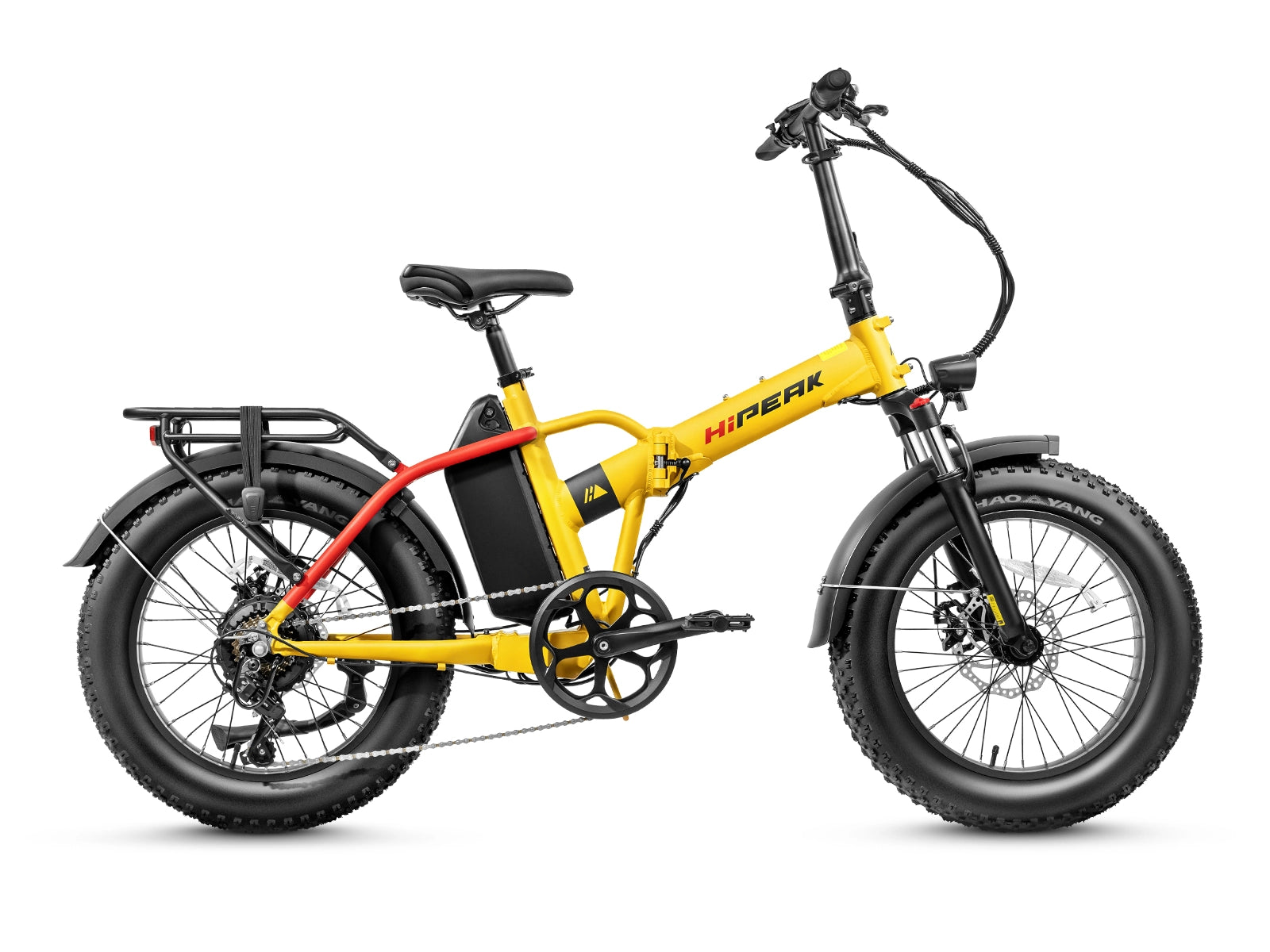
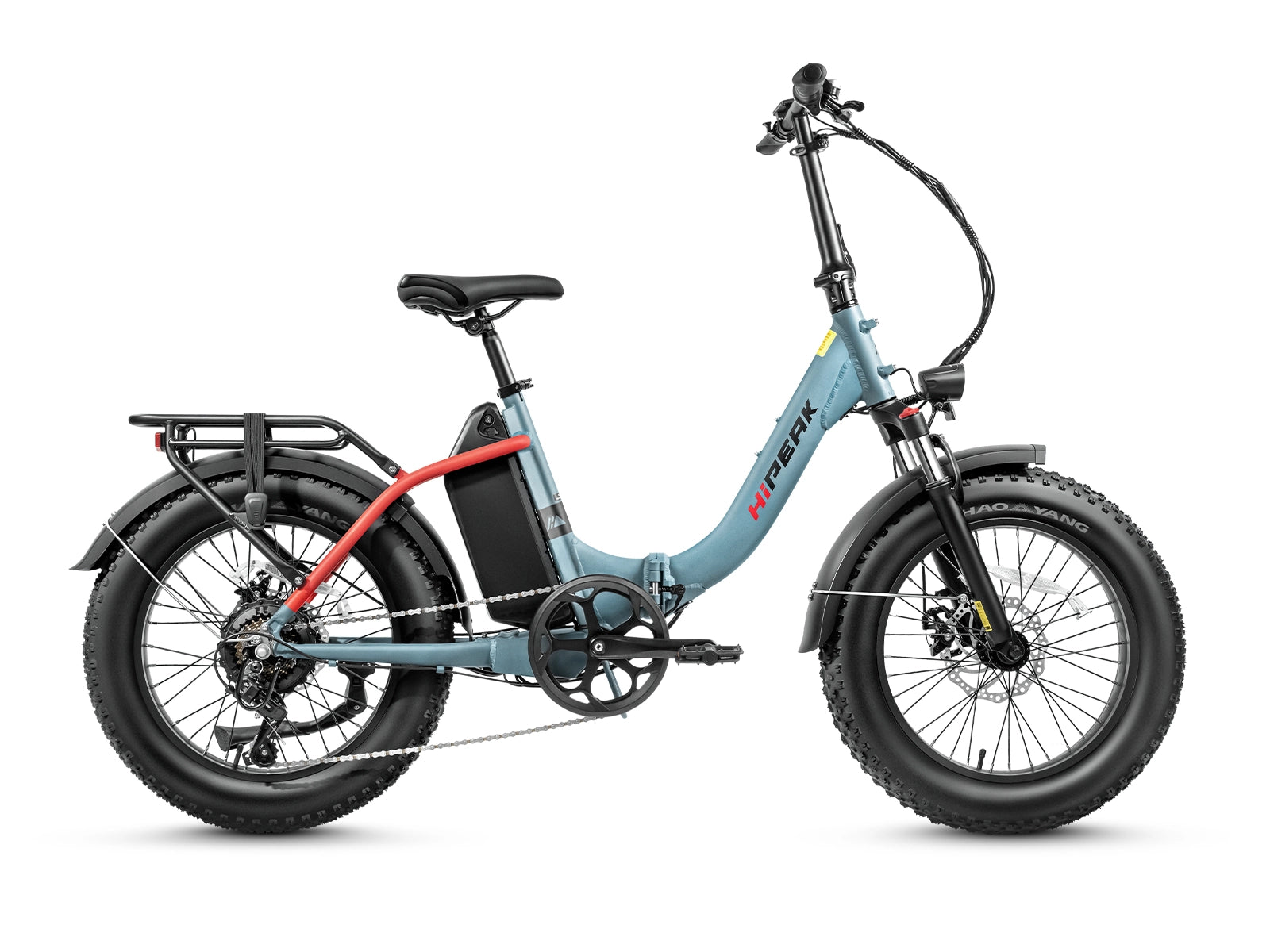
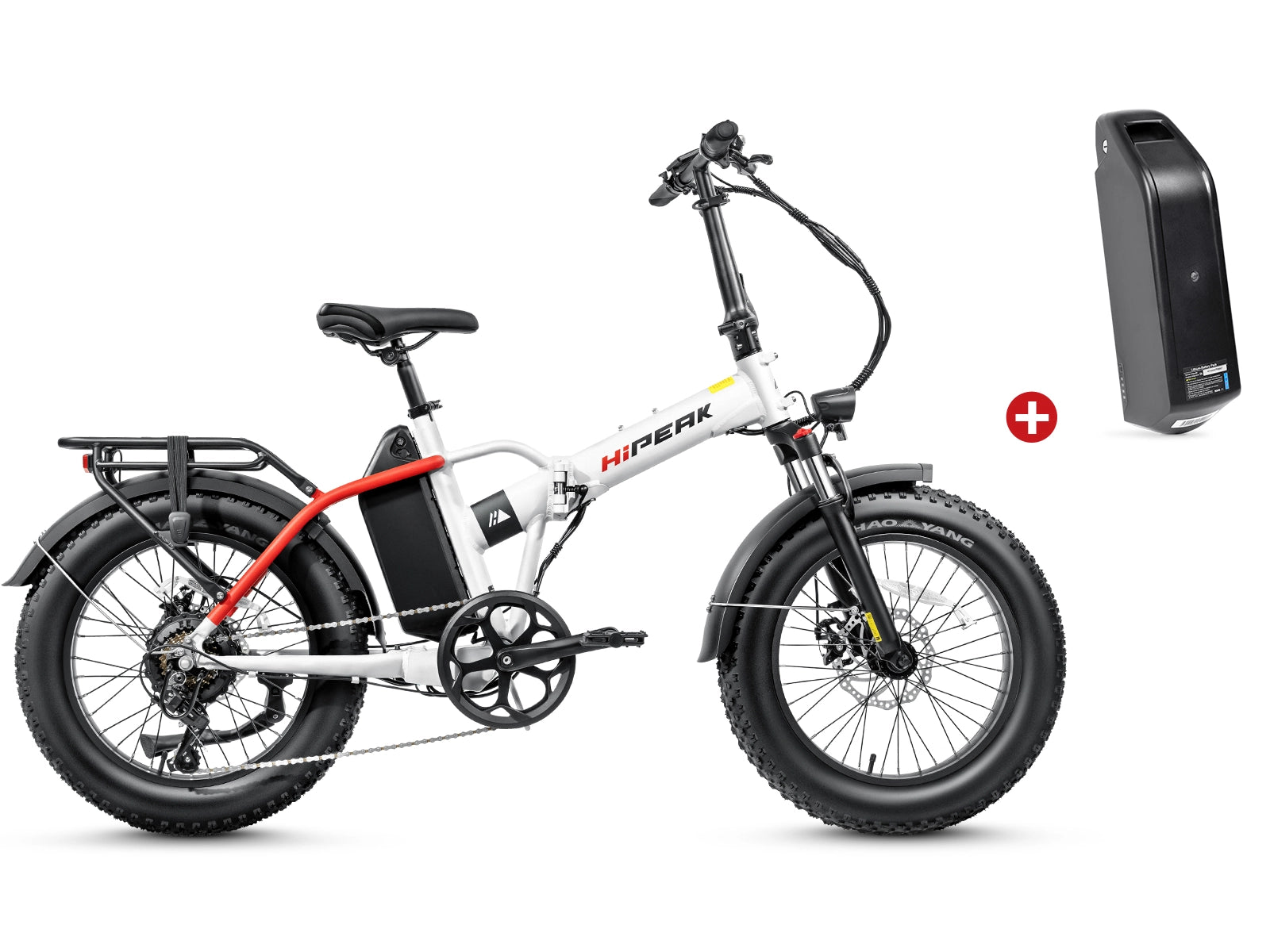
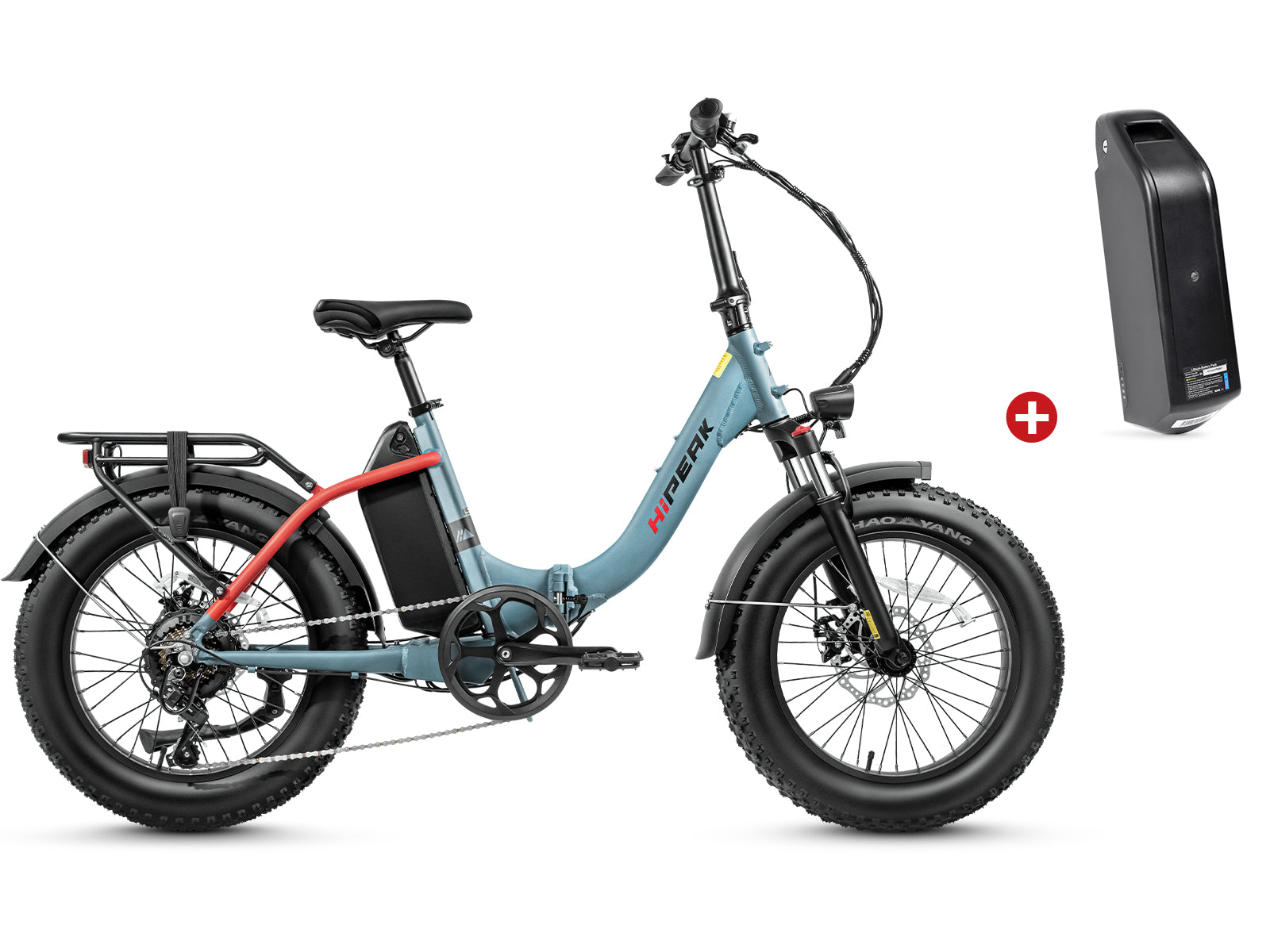
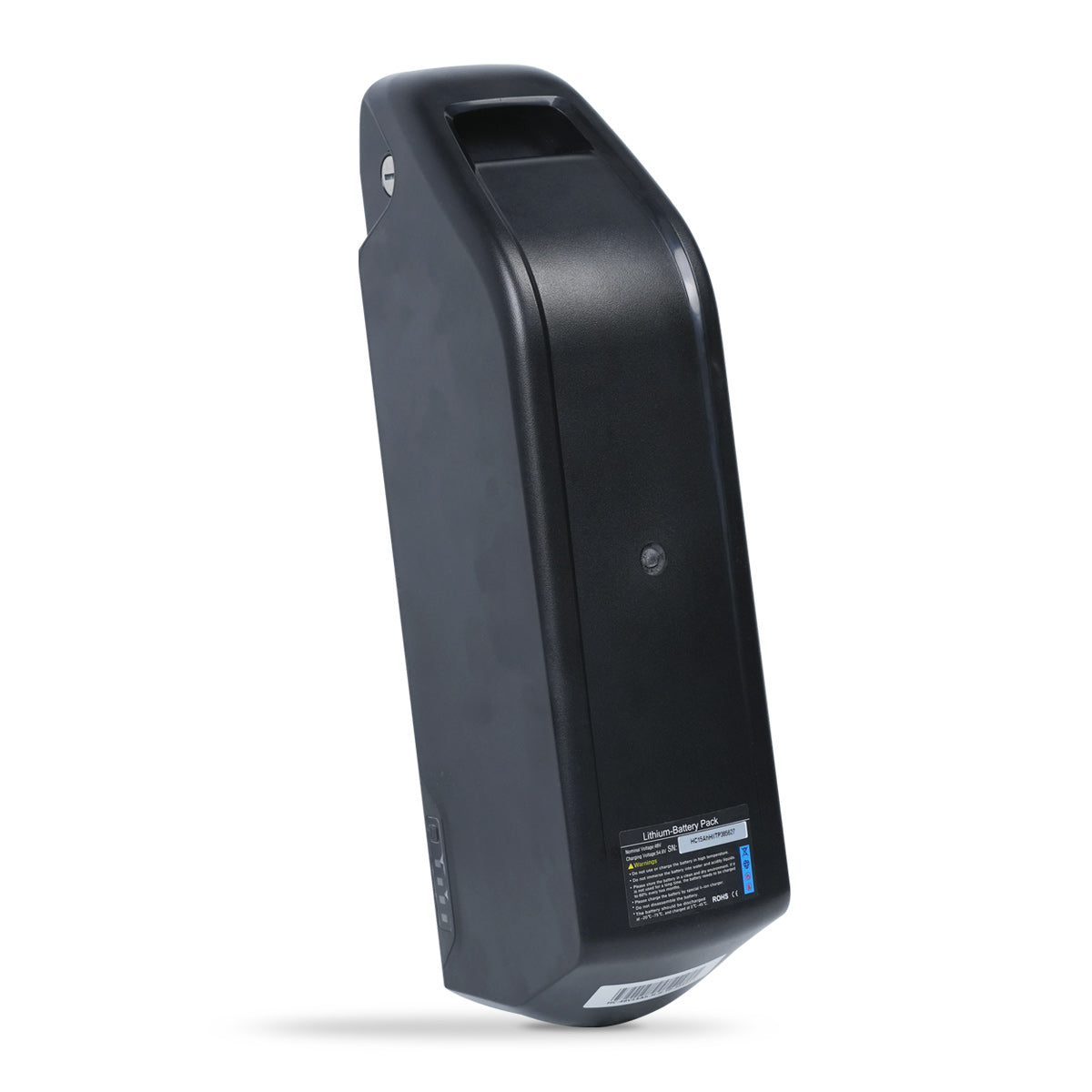
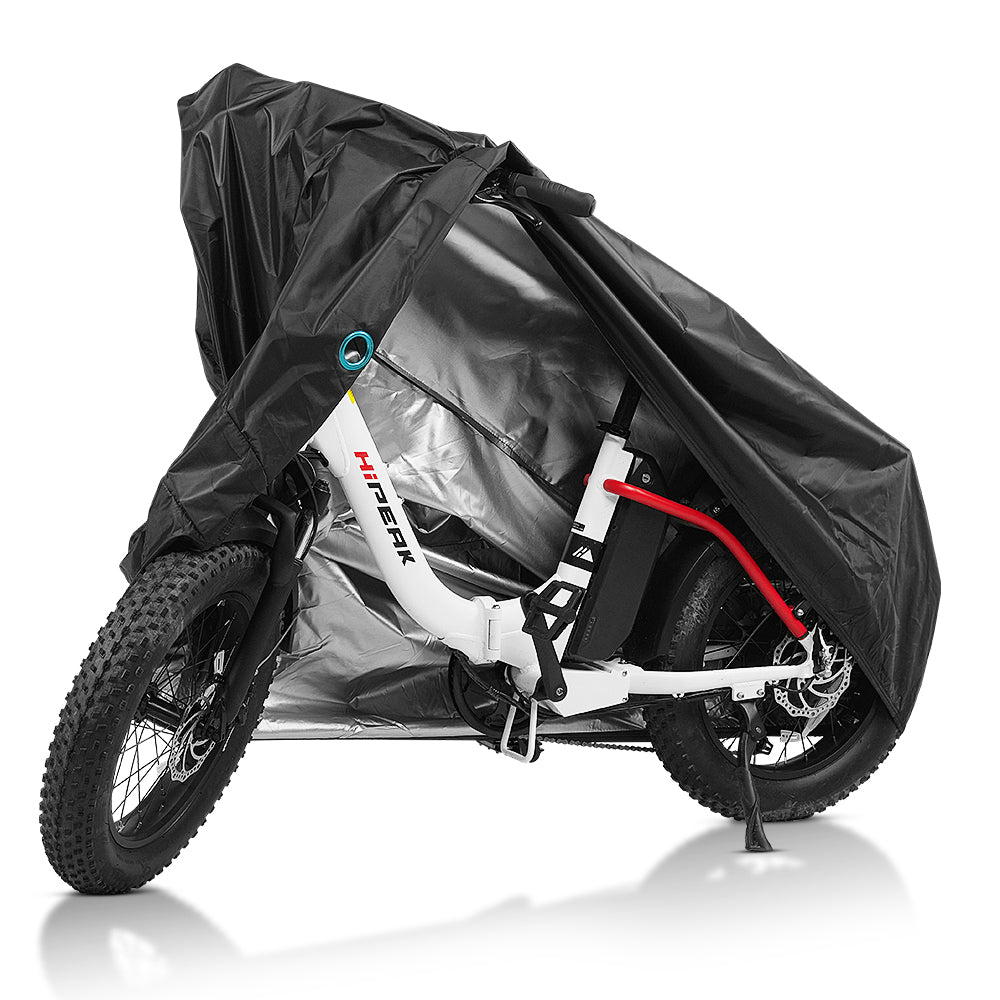

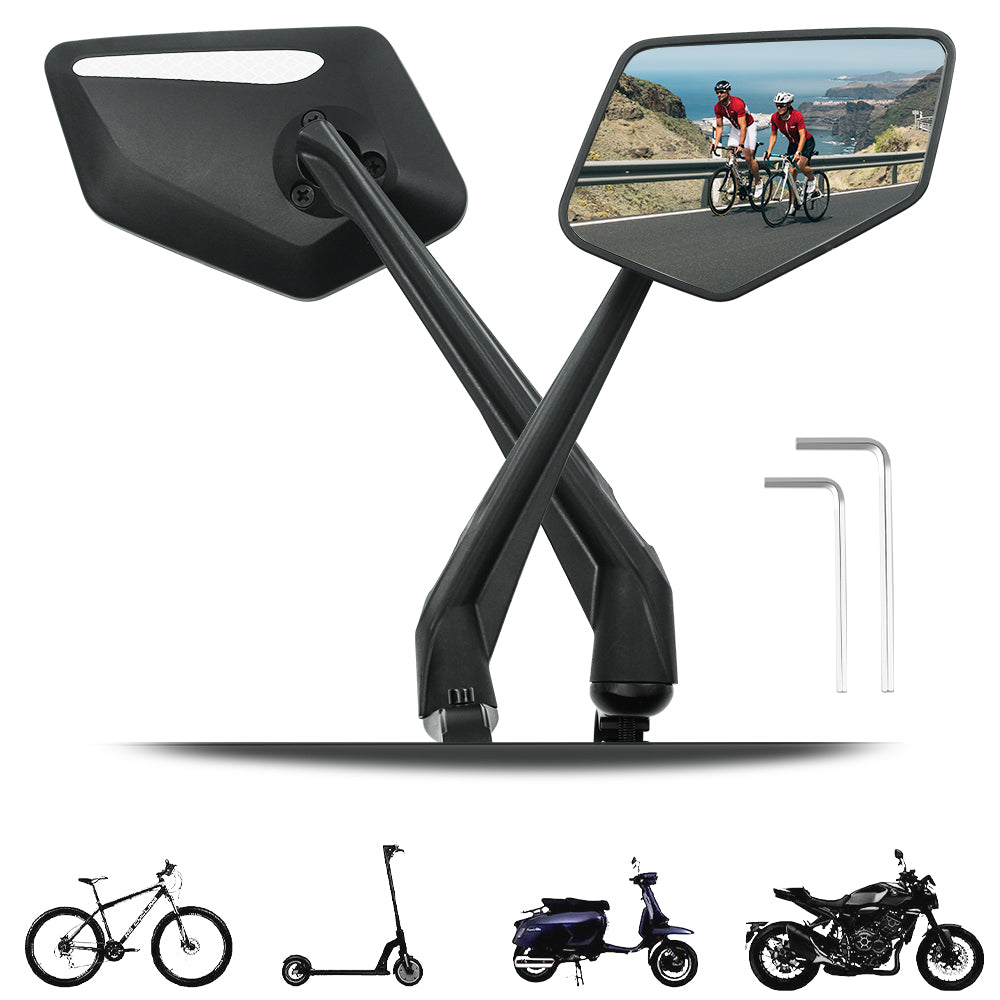
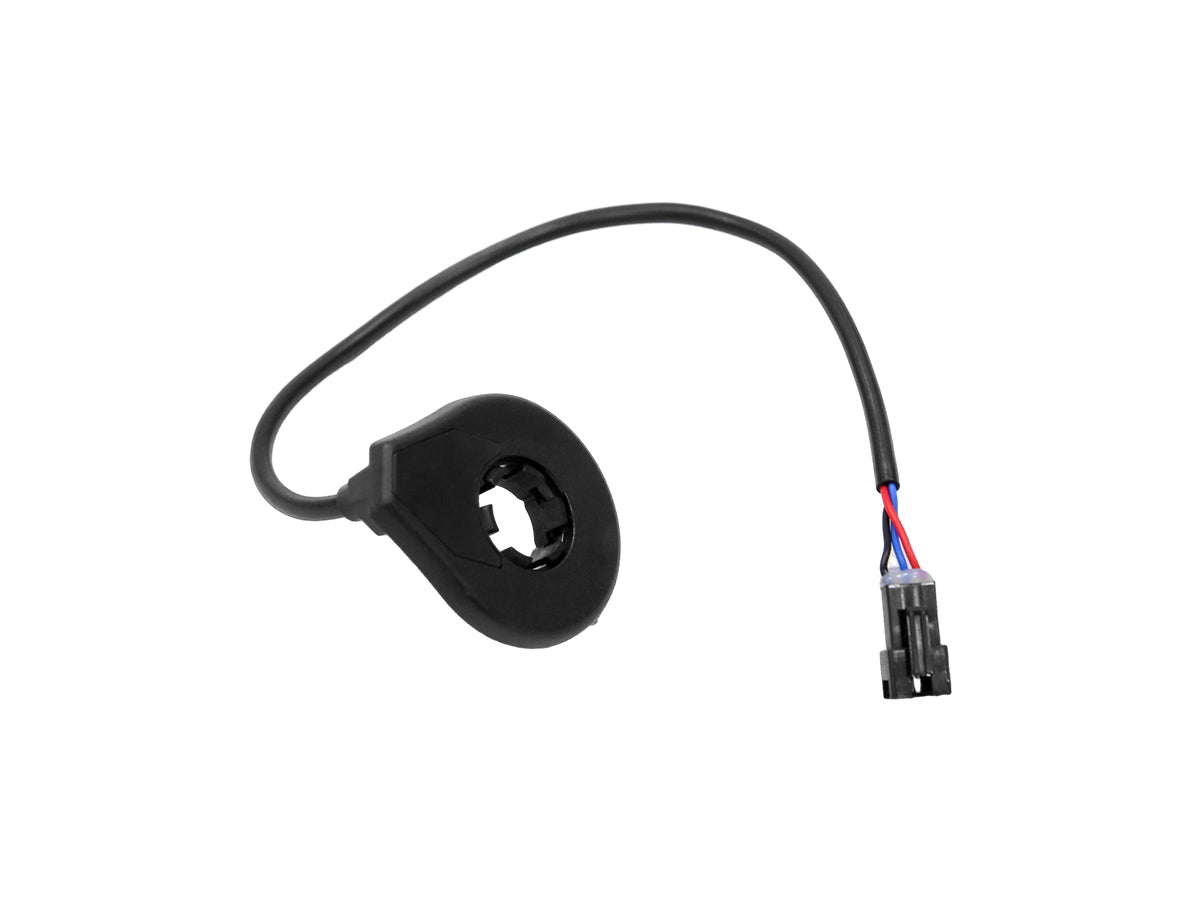
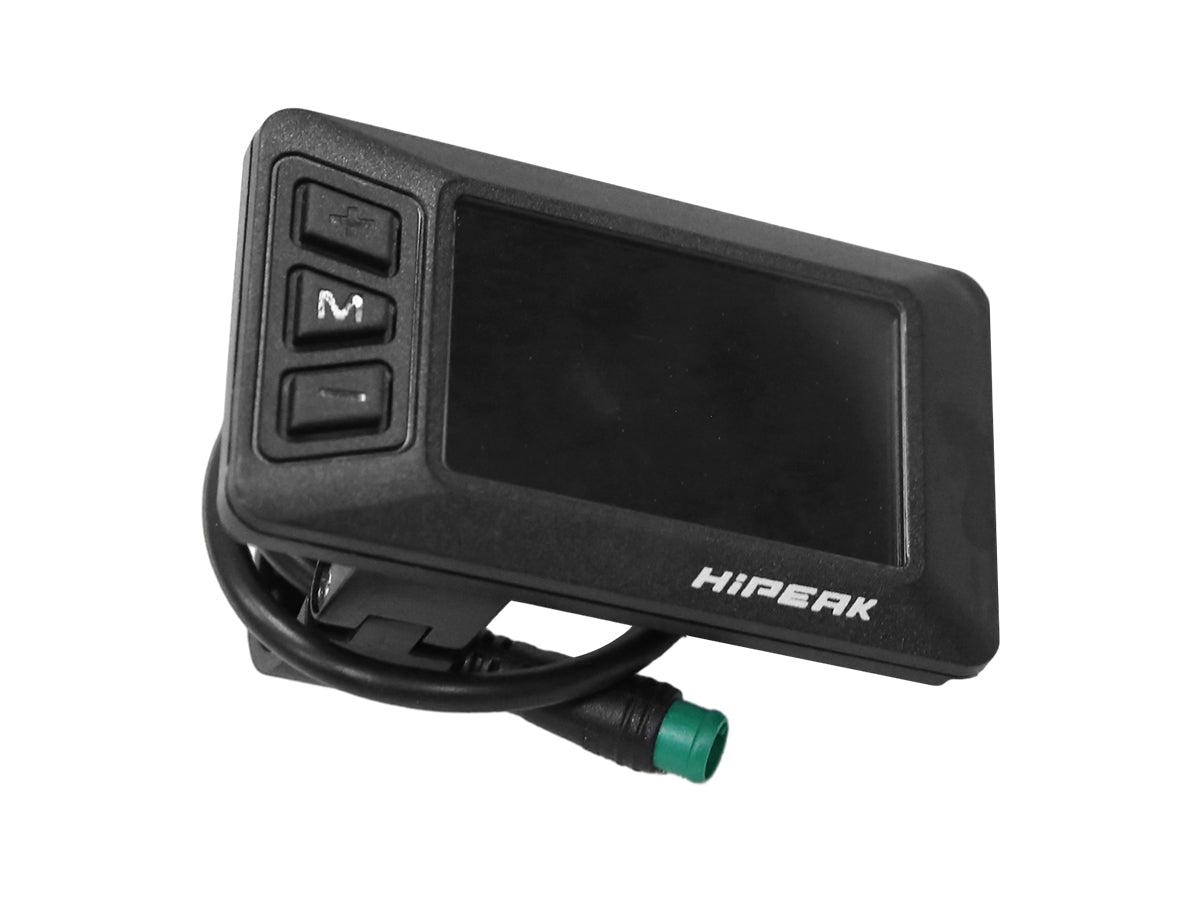
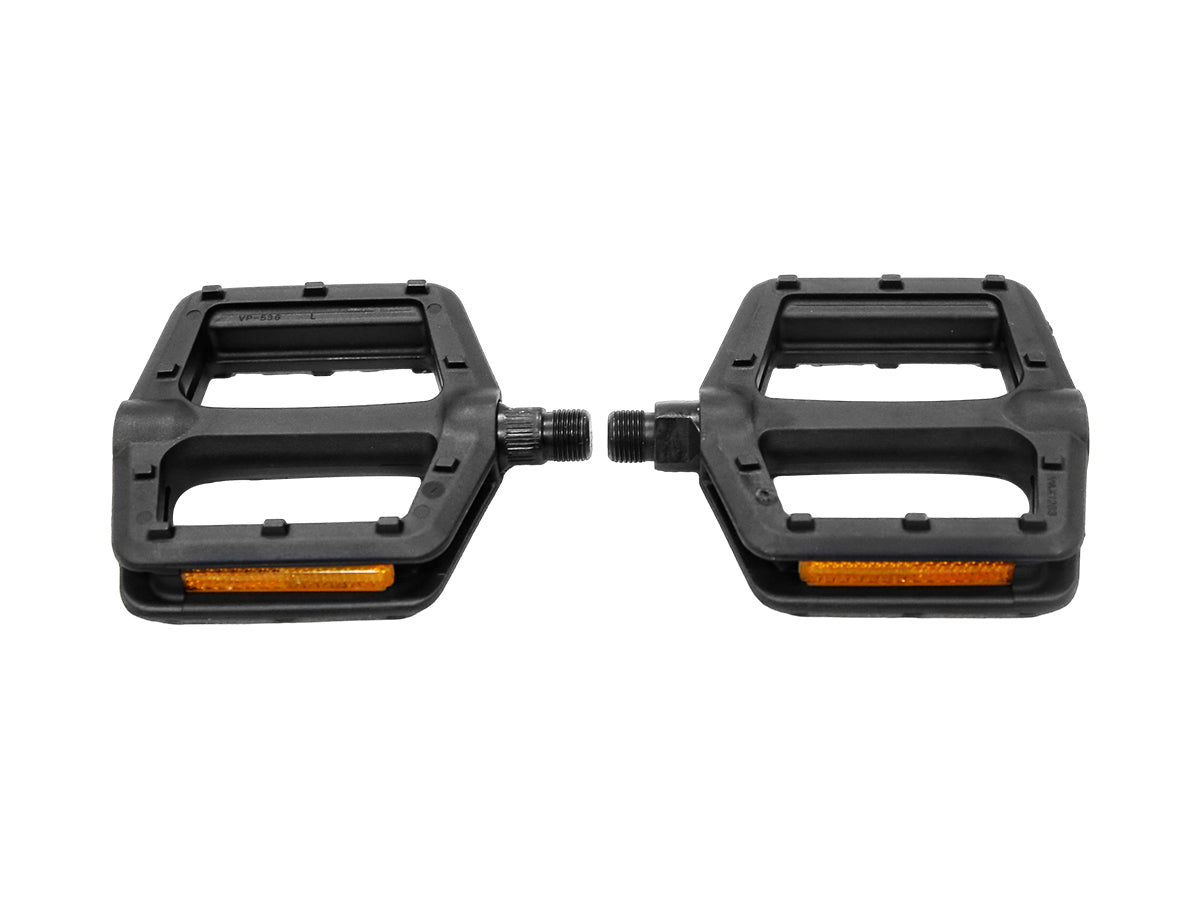
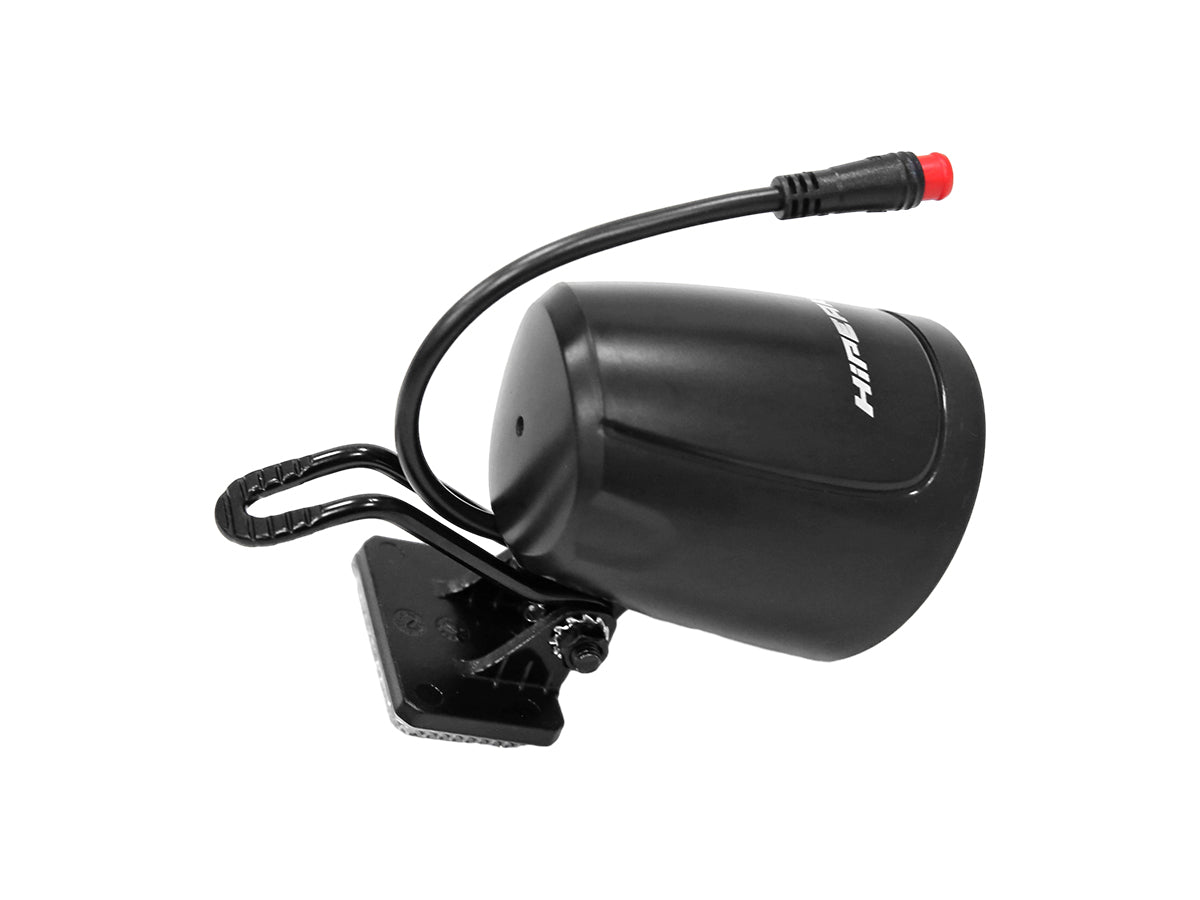








Leave a comment